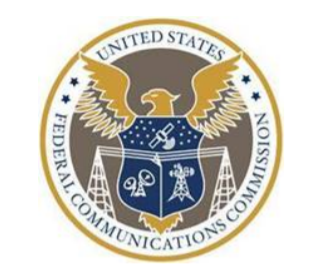FCC Chairman Ajit Pai circulated among his colleagues a draft of new rules this week for the 5.9 GHz band that, if adopted, would make new spectrum available for unlicensed services such as WiFi. He wants the Commission to vote on these new rules at its November 18 meeting.
The plan was announced last year to divide a block of the 5.9 GHz spectrum band that was reserved in 1999 for automakers so they could develop technology to enable vehicles to talk to each other. But the band has largely gone unused, says Pai.
Automakers have opposed the split on safety grounds. U.S. Transportation Secretary Elaine Chao previously warned the FCC the decision could result in “thousands more deaths annually on road and millions more injuries than would be the case otherwise,” Reuters reported.
The new rules would transition the upper 30 megahertz of the band (5.895 GHz-5.925 GHz) from the Dedicated Short-Range Communications (DSRC) service to the modern Cellular Vehicle-to-Everything (C-V2X) technology. DSRC deployment has been slow, says the Commission. C-V2X uses cellular protocols to provide direct communications between vehicles and everything—including other vehicles on the road, infrastructure like light poles and cell towers, as well as cyclists, pedestrians, and road workers.
The FCC sees the newer C-V2X technology as the way forward because it shows promise. Some automakers here and around the globe are turning the page on DSRC and moving to implement C-V2X, says the agency.
“5.9 GHz spectrum has lain fallow for far too long. For the last two decades, the American people have waited for this prime mid-band spectrum to be put to use, and the time for waiting is over,” said Pai.
The agency says unlicensed use of 5.9 GHz band spectrum would also help improve and expand rural broadband access. For example, during the pandemic, the FCC has granted temporary access to 100 Wireless Internet Service Providers, or WISPs, to use this spectrum. That has helped them increase speeds, decrease congestion, and extend coverage areas. The new rules would create a path for WISPs to use this spectrum permanently.
The Wireless Internet Service Providers Association favors the change. Earlier this week, WISPA and 78 of its ISP members signed on to a letter from WiFi Forward asking the White House to encourage the FCC to adopt its proposal to allocate 45 MHz of spectrum for unlicensed use in the 5.9 GHz band before the end of 2020.





Reader Interactions